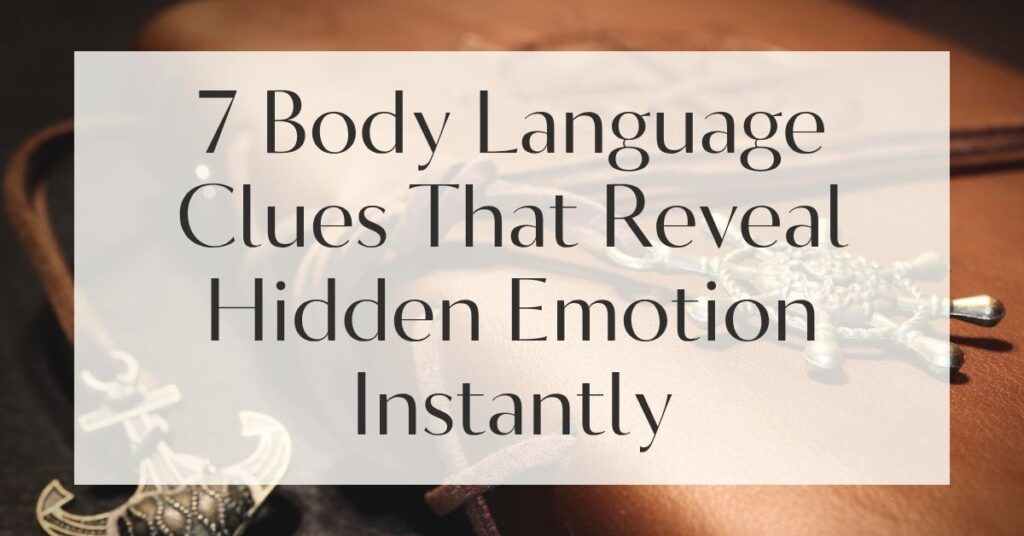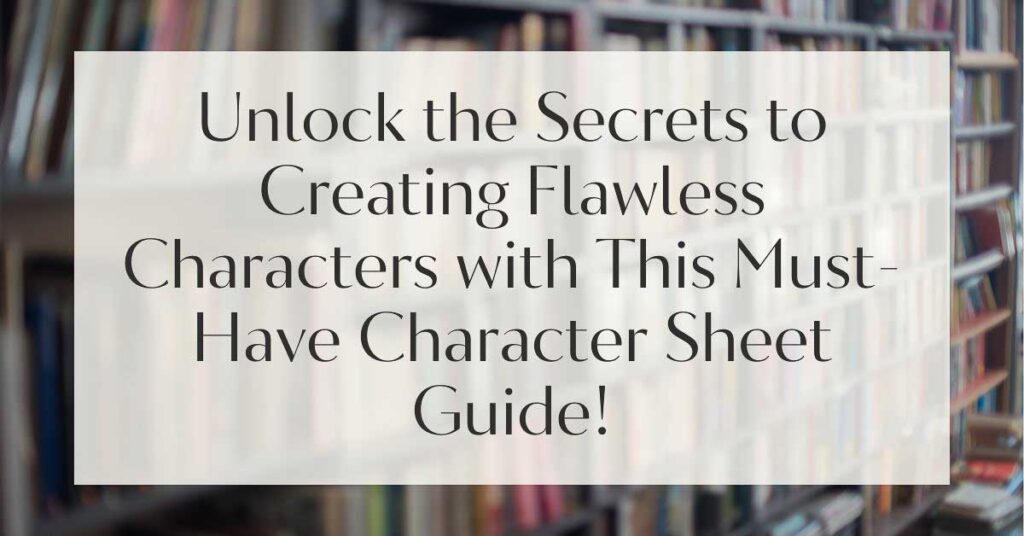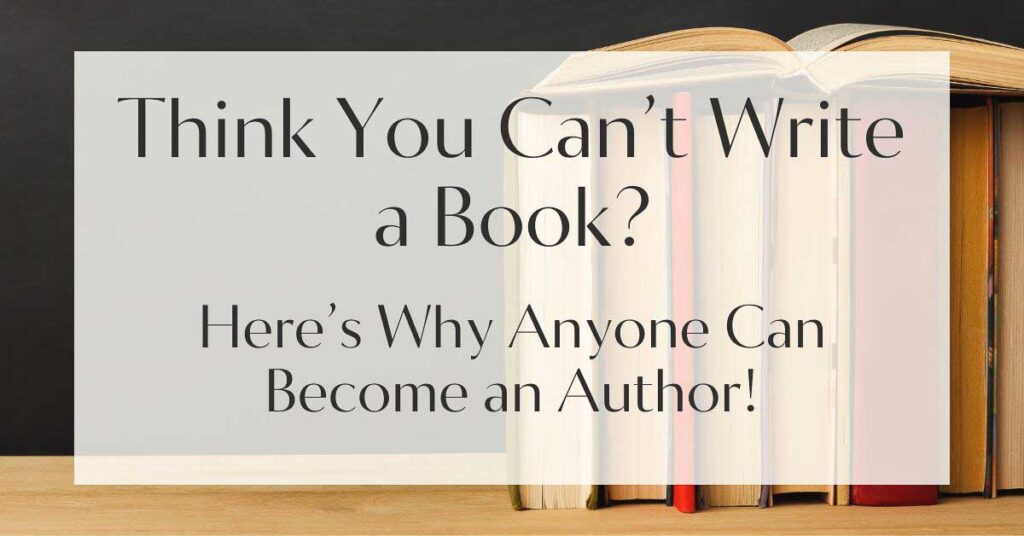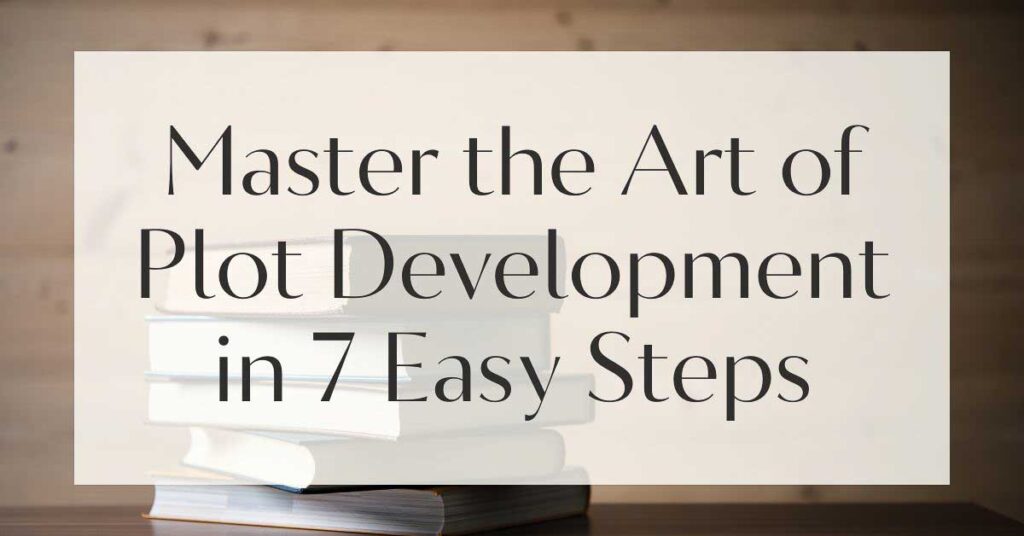Have you ever wished you could peer into someone’s soul and understand their deepest feelings without them uttering a word? The secret may lie in their body language. Nonverbal communication is a silent symphony that reveals our true emotions, often more honestly than words can.
In this blog post, we will explore seven body language clues that help decode hidden emotions, offering insights into the unspoken truths of human interaction.
Understanding Body Language and Its Importance
Body language is an ancient form of communication that transcends words, offering a window into the soul. From the flicker of an eyebrow to the direction of a foot, these subtle cues can reveal volumes about a person’s state of mind.
It’s a dance of gestures and expressions that speak louder than words, often unconsciously conveying our deepest feelings.
The Role of Nonverbal Communication
Nonverbal communication forms the backbone of human interaction, accounting for a significant portion of how we convey emotions and intentions. It’s a universal language that can build bridges or erect barriers, depending on how it’s used.
Understanding these cues enhances our emotional intelligence, allowing us to connect with others on a deeper level. For instance, a genuine smile—one that reaches the eyes—can instantly communicate warmth and sincerity, while crossed arms might suggest defensiveness or discomfort.
Why Body Language Matters in Daily Interactions
In everyday interactions, body language plays a crucial role in interpreting messages beyond spoken words. Imagine walking into a meeting and noticing a colleague’s feet pointed towards the door—an unconscious sign they might be eager to leave.
Such cues are invaluable, especially in professional settings where reading the room can be the difference between sealing a deal and losing a client. By honing our ability to read these signals, we can navigate social landscapes more effectively, fostering better personal and professional relationships.

The 7 Key Body Language Clues
1. The Genuine Smile: More Than Just Lips
A genuine smile is like a beacon of authenticity. It involves not just the lips but the entire face, especially the eyes, which crinkle at the corners to create what psychologists call a Duchenne smile.
This type of smile indicates true happiness and is a reliable indicator of positive emotions. Unlike a forced smile that stops at the mouth, a genuine one engages the muscles around the eyes, suggesting sincerity and warmth.
To spot a genuine smile, look for crow’s feet around the eyes. If the eyes are not engaged, the smile may be insincere. This awareness can help you discern true emotions during interactions, enhancing your social intuition.
2. Feet Direction: The Unconscious Indicator
Feet are often overlooked in nonverbal communication, yet they can reveal a person’s true intentions. The direction in which someone’s feet point can indicate where their interest lies.
If their feet are directed towards you, it generally suggests engagement and interest. Conversely, if their feet are pointing away, it might indicate a desire to leave or disengagement from the conversation.
Next time you’re in a group setting, observe where people’s feet are pointing. It can provide insights into who is truly interested in the discussion and who might be mentally checked out.
Google Docs is for notes. Scrivener is for novels. Upgrade your writing game and try it for free today!

3. Personal Space: Proximity and Comfort Levels
Personal space is a powerful indicator of comfort levels and emotional states. When someone moves closer, it often signifies trust and openness. However, if they back away, it might suggest discomfort or the need for more personal space. Understanding these boundaries can prevent misinterpretations and foster better communication.
| Distance | Zone | Emotional State |
|---|---|---|
| 0-18 inches | Intimate Zone | Trust and Affection |
| 18 inches – 4 feet | Personal Zone | Friendly and Comfortable |
| 4-12 feet | Social Zone | Professional and Formal |
| 12 feet and beyond | Public Zone | Detached and Neutral |
4. Open vs. Closed Legs: Confidence vs. Defensiveness
The position of a person’s legs can speak volumes about their confidence level. Open legs often signify relaxation and confidence, while crossed legs might indicate defensiveness or discomfort. This subtle cue can be especially telling in high-stakes situations, such as negotiations or interviews.
5. Chest Positioning: Vulnerability and Openness
Chest positioning can reveal a lot about a person’s emotional state. When someone angles their chest towards you, it signifies openness and vulnerability, suggesting they are comfortable and willing to engage. On the other hand, a turned-away chest might indicate defensiveness or a lack of interest.
In conversations, note if someone’s chest is facing you directly. It’s a good sign of their willingness to engage and be open with you, which can help build rapport and trust.

6. Eye Contact: The Window to True Feelings
Eye contact is one of the most potent forms of nonverbal communication. It can convey confidence, interest, and sincerity. Maintaining eye contact shows engagement, while avoiding it can suggest discomfort or deceit. However, cultural differences can influence how eye contact is perceived, so it’s essential to consider context.
7. Mirroring: The Subtle Connection
Mirroring is a subconscious behavior where one person mimics another’s posture, gestures, or expressions. This behavior indicates rapport and a strong connection, as it shows alignment and mutual understanding. When someone mirrors your actions, it often means they feel a sense of connection or attraction.
To build rapport quickly, subtly mirror the other person’s body language. This can create a sense of familiarity and trust, making interactions smoother and more enjoyable.
Decoding Hidden Emotions Through Body Language
Understanding hidden emotions through body language requires keen observation and interpretation skills.
By paying attention to subtle cues, we can uncover the emotional undercurrents that words may conceal. This skill is invaluable in both personal and professional settings, where understanding emotions can guide interactions and decision-making.
No marketing platform? No social following? No problem!
Publisher Rocket helps you market your debut novel like a pro.
It’s a gamechanger for debut authors – try it today!


Recognizing Micro-expressions
Micro-expressions are fleeting facial expressions that reveal true emotions, often occurring in less than a second.
They are involuntary and can expose feelings like surprise, anger, or joy, even when someone tries to hide them. By learning to recognize these micro-expressions, you can gain deeper insights into a person’s true feelings.
Cultural Differences in Body Language Interpretation
Body language interpretation can vary significantly across cultures. What is considered a friendly gesture in one culture might be seen as offensive in another. Understanding these cultural nuances is crucial for accurate interpretation and effective communication, especially in diverse environments.

Enhancing Your Emotional Intelligence
Improving your ability to read body language can significantly enhance your emotional intelligence. By becoming more attuned to nonverbal cues, you can improve your interpersonal relationships and navigate social interactions with greater ease and understanding.
Developing Self-Awareness Through Observation
Self-awareness is the cornerstone of emotional intelligence. By observing your own body language and how others respond to it, you can gain insights into your emotional states and how they affect your interactions. This awareness allows you to adjust your behavior to improve communication and relationships.
Practical Tips for Interpreting Body Language
Interpreting body language effectively requires practice and attention to detail. Here are some practical tips to enhance your skills:
- Pay attention to clusters of cues rather than isolated signals for a more accurate interpretation.
- Consider the context and environment when analyzing body language, as it can influence behavior.
- Practice empathy by putting yourself in the other person’s shoes to better understand their emotional state.
Putting It All Together: Real-Life Applications
Applying your understanding of body language in real-life situations can lead to more successful and fulfilling interactions. Whether in professional or personal contexts, these skills can enhance communication and deepen connections.
Feeling lost with your debut novel?
Fiverr Pro connects you with expert editors, designers, and marketers – everything you need to get your book ready for success!

Using Body Language in Professional Settings
In professional settings, body language can be a powerful tool for building rapport, negotiating deals, and leading teams.
By reading nonverbal cues, you can gauge the mood of a meeting, assess the sincerity of a handshake, or determine the true intent behind a colleague’s words. This understanding can give you an edge in business interactions.
Improving Personal Relationships Through Nonverbal Cues
Nonverbal cues play a crucial role in personal relationships, where understanding and empathy are key. By tuning into your partner’s body language, you can better understand their needs and emotions, leading to stronger and more harmonious connections.
Simple gestures, like maintaining eye contact or mirroring their posture, can make a significant difference in how connected and understood they feel.

Unlocking the Power of Nonverbal Communication
Mastering the art of nonverbal communication can transform your interactions, making them more meaningful and effective. By being aware of and responding to body language cues, you can build trust, foster deeper connections, and navigate social landscapes with confidence.
Building Rapport and Trust
Building rapport and trust is often a silent process, heavily reliant on nonverbal cues. A warm smile, open posture, and consistent eye contact can lay the foundation for trust and mutual respect. These subtle signals show openness and honesty, encouraging others to reciprocate.
Final Thoughts: Observing and Applying Body Language Clues
In a world where words are not always enough, understanding body language clues is a powerful skill that can unlock deeper emotional connections and insights.
By observing and applying these cues, you enhance your emotional intelligence and become a more empathetic communicator. So, next time you engage with someone, pay attention to their unspoken language—it might just reveal the hidden emotions that words cannot.








